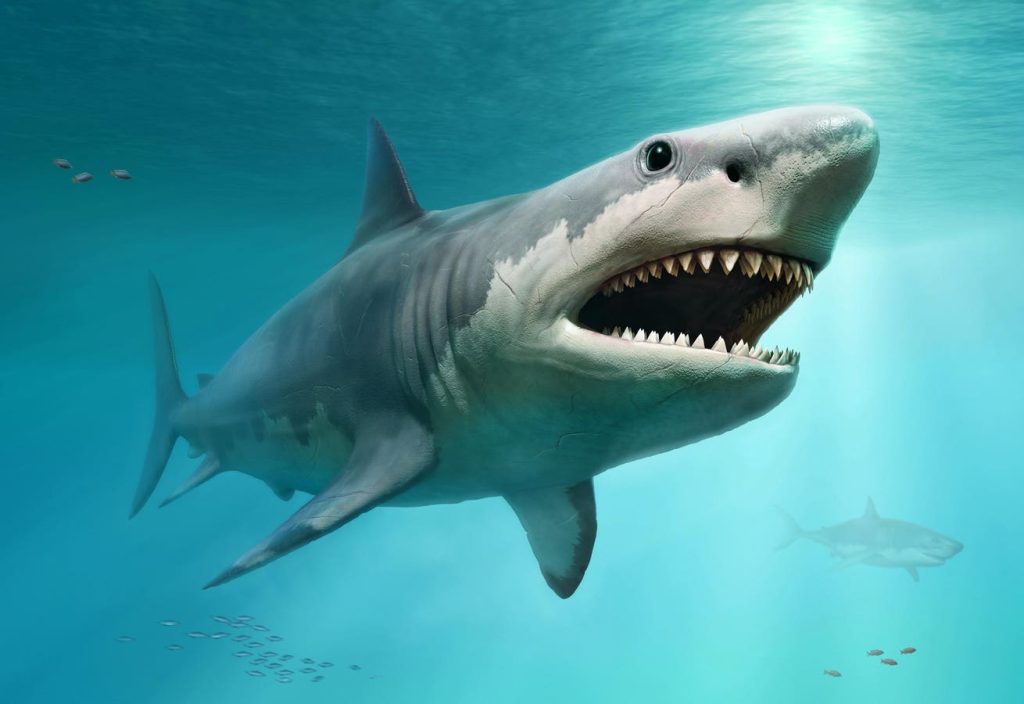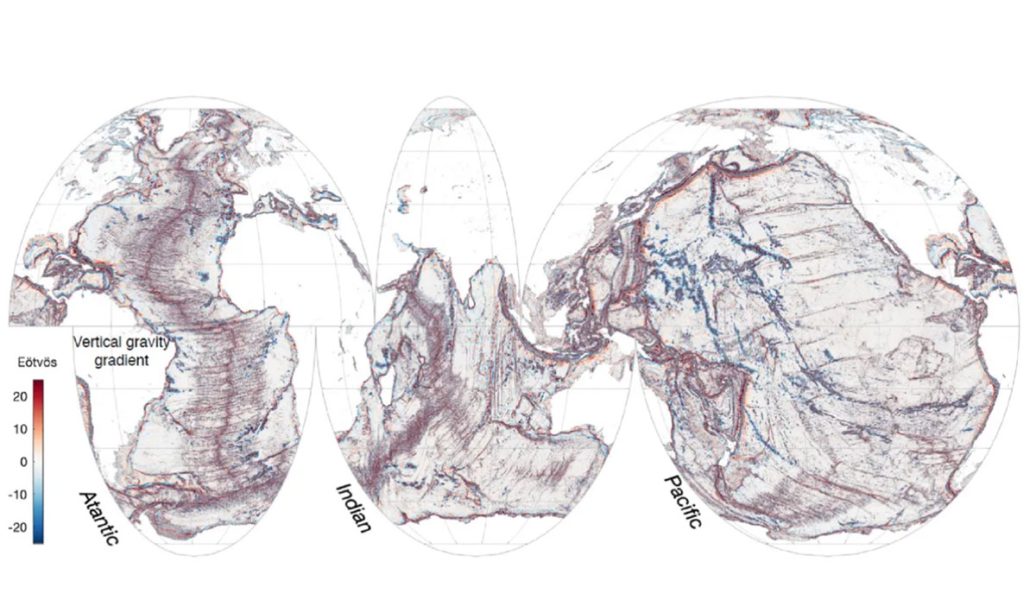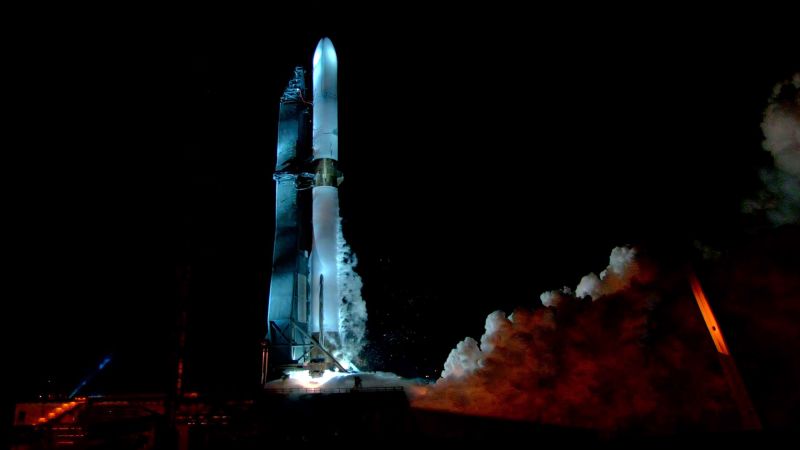Intelligent Life In Cosmos Is Likely Very Rare, Says Paleontologist – Forbes

Paleontologists who study earth’s ancient fossil record might not seem to be the obvious choice when asking about the prevalence of intelligent life in the cosmos. But paleontology, the study of ancient life, is a good place to start when asking profound philosophical questions about the evolution of life here on our own planet and elsewhere.To that end, at least one prominent evolutionary biologist, who has devoted his career to studying the fossils of extinct marine invertebrates, says that while life itself may be common off world, intelligent life —- particularly of the sort that can build radio telescopes and spaceships —- is likely to be very rare indeed.The number of highly intelligent species on earth represents an incredibly small percentage compared to the total number of species, Bruce Lieberman, the book’s co-author, and an evolutionary biologist and paleontologist at the University of Kansas in Lawrence, told me via email. It took more than 100,000 years for our species to be able to develop the technology to build spaceships, he said. Thus, the development of species that could create complex technologies seems extremely rare, Lieberman told me.That doesn’t mean that the onset of life here was a surprise, nor should it be elsewhere.Based on what we know of the fossil record here, life should be extremely common, said Lieberman. But the evolution of complex life on this planet took a long time to happen, about 2 billion years if we treat that as the origin of the eukaryotic cell (a cell with a membrane-bound organelles), he said. It then took another 1.4 billion years from that point to the origin of animals, said Lieberman. This makes me think that complex life should be rare, he said.That’s a refrain that’s often repeated by Lieberman and co-author American Museum of Natural History paleontologist Niles Eldredge, in their new book, Macroevolutionaries: Reflections on Natural History, Paleontology, and Stephen Jay Gould. “Macroevolutionaries” is in part an homage to Lieberman’s former mentor and Eldredge’s colleague, the late Harvard University paleontologist Stephen J. Gould who had a remarkable ability to turn a phrase.“Wind back the tape of life to the early days of the Burgess Shale; let it play again from an identical starting point, and the chance becomes vanishingly small that anything like human intelligence would grace the replay,” Gould noted in his 1997 book, “Wonderful Life: The Burgess Shale and the Nature of History.”“Macroevolutionaries” takes a look back both at Gould’s work on the history of evolution here on earth and its relation to the broader cosmos.MacroevolutionariesColumbia University PressIf a population is geographically isolated from the rest of the species for long enough, it is likely to diverge and then speciate, said Lieberman. That might take a few hundred years to many tens of thousands of years, he said.But there’s a downside to rapid evolution.Groups with high rates of speciation evolve quickly, said Lieberman. But high rates of speciation almost always go with high rates of extinction, because the same process that causes speciation, geographic isolation, also leads to extinction, he said.The authors’ aim is not only to pay homage to Stephen J. Gould, but to look at the history of life on our own planet through a long societal and cultural lens. In so doing, sometimes even strangely enough, they find parallels with the history of speciation and extinction on earth with the vagaries of the U.S. stock markets.If you look at the performance of stocks in the Russell 3000 over the forty-year period between 1968 to 2008, stocks in the upper quintile of volatility performed extremely poorly, said Lieberman. By contrast, those with volatility in the bottom quintile, whose price tends to not vary much, perform extremely well, he said.Why financial crises are analogous to mass extinctions.During a market crash, when the probability of a price drop goes way up, stocks that have a higher probability of changing value are much more likely to experience a significant drop, said Lieberman. When stocks reach a zero-price point, their companies go bankrupt, which is somewhat equivalent to biological extinction, he said. From the perspective of evolution, for a group to succeed in the long term the best strategy is slow and steady, said Lieberman.Even so, life often needs a push.From studying the history of life preserved in the fossil record, I’ve learned that there’s not much evolution until life gets a ‘push,’ said Lieberman. Usually that push is an environmental change that causes populations of species to move, he said.This causes a given species’ geographic range to either expand, or shrink and fragment.When species’ ranges shrink and fragment, they become especially at risk of going extinct, but they’re also more likely to evolve into a new species, said Lieberman.In the end, “Macroevolutionaries” is most successful when giving us insight into how life here on earth has been affected by both astrophysical events and climate-induced environmental change.A gamma-ray burst some 440 million years ago and 6,000 light-years away may well have played a key role in causing mass extinction at the end of the Ordovician period, the authors write. This mass extinction spelled the end for perhaps 70 percent of all marine species, including many species of trilobites, they note.The types of radiation released by a supernova would be most detrimental to organisms with large body size, and the Megalodon (a kind of ancestral shark), was as big as a bus, the authors write. Some argue that supernovae radiation may have even triggered its extinction, they note.Both gamma-ray bursts and supernovae have affected life here over the course of its 4-billion-year evolution. However, as Lieberman points out, comets and asteroids likely played a larger role in our evolution.Why does any of this matter?The history of life here remains one of the biggest philosophical questions that we can pose. What we learn about how life first began, evolved, speciated and then went extinct time and again is going to be very instructive in understanding the panoply of extrasolar planets out there circling other sunlike stars.Although astrobiologists like to paint a pretty picture of the progress we’ve made, these are still early days when it comes to remotely detecting life on any sort of exoplanet.We are an epiphenomenon when it comes to the history of life, said Lieberman. There’s no reason to suppose that would be different anywhere else in the universe, he said.One Community. Many Voices. Create a free account to share your thoughts. Our community is about connecting people through open and thoughtful conversations. We want our readers to share their views and exchange ideas and facts in a safe space.In order to do so, please follow the posting rules in our site’s Terms of Service. We’ve summarized some of those key rules below. Simply put, keep it civil.Your post will be rejected if we notice that it seems to contain:User accounts will be blocked if we notice or believe that users are engaged in:So, how can you be a power user?Thanks for reading our community guidelines. Please read the full list of posting rules found in our site’s Terms of Service.






